Oradour
This French ghost town from World War II has been left as a memorial to German atrocities during World War II.
On June 10 1944, only a few days after the Allied troops had landed in Normandy, German troops entered the farming village of Oradour-sur-Glane in central France and rounded up all of the men, woman, and children.
Within hours, nearly the entire population of the village lay dead and dying. At the time of the massacre, the village population was about 650 people—a number nearly double its pre-war size, grown by the presence of refugees from other parts of France. The Nazi soldiers split the villagers into groups by gender. Men were taken to the cattle sheds, where they were massacred by machine gun fire, while woman and children were locked in a church that was set on fire.
After 642 inhabitants, including seven Jewish refugees, were dead, the company looted the village, then set fire to houses and cars in an apparent attempt to erase their crime against humanity. The account that they gave to authorities claimed that the villagers initiated the attack, and the church where women and children were taking refuge had burned down as the result of a hidden ammunition supply exploding.
A few of Oradour-sur-Glane’s residents survived: about 15 escaped or hid before the massacre began, and seven survived the attack: six men and a woman, all severely injured.
After the war, Charles De Gaulle declared that the village of Oradour should be rebuilt adjacent to where the town had previously stood, and that that the burnt-out remains of the old village should be preserved as a poignant reminder to future generations of the atrocities of war. A sign above the entrance to the martyred village reads “Souviens-Toi” — “Remember.”
Documentation of the killings at Oradour-sur-Glane were presented at the International Military Tribunal in Nuremberg in 1946. Why that particular village was chosen and who gave the order to kill its inhabitants is still not fully known.
Know Before You Go
There is no charge at all to enter the ruins. The visitors center, Centre de la Mémoire, is open every day, but hours vary throughout the year. Check the website for more information.















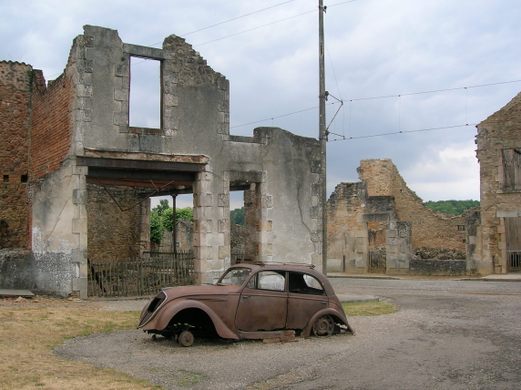







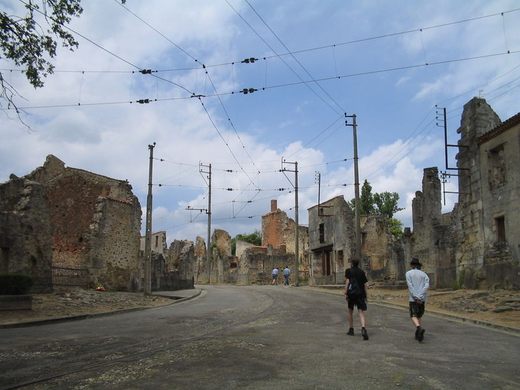


















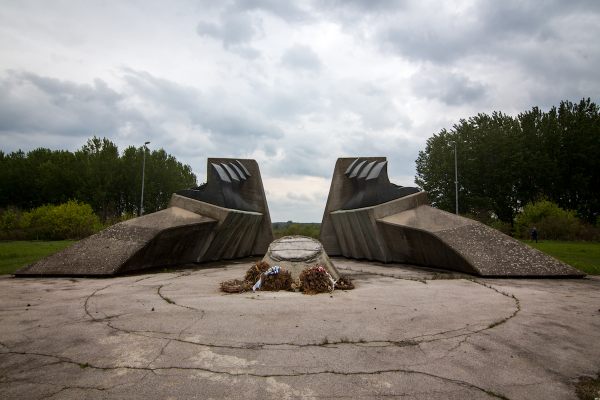
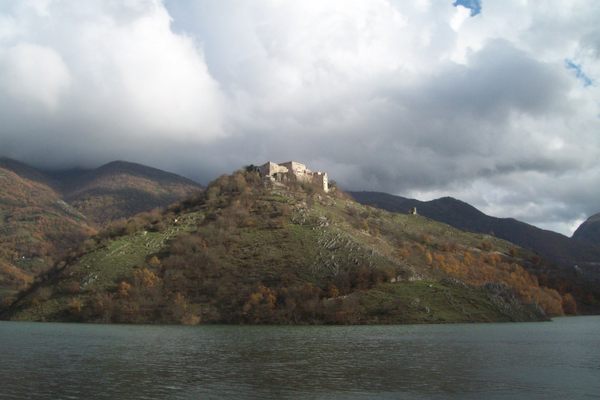
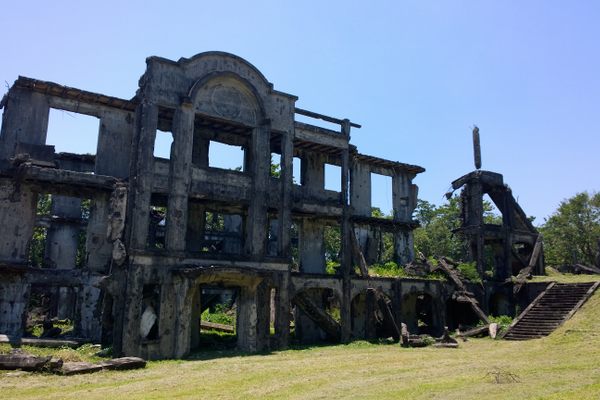


Follow us on Twitter to get the latest on the world's hidden wonders.
Like us on Facebook to get the latest on the world's hidden wonders.
Follow us on Twitter Like us on Facebook